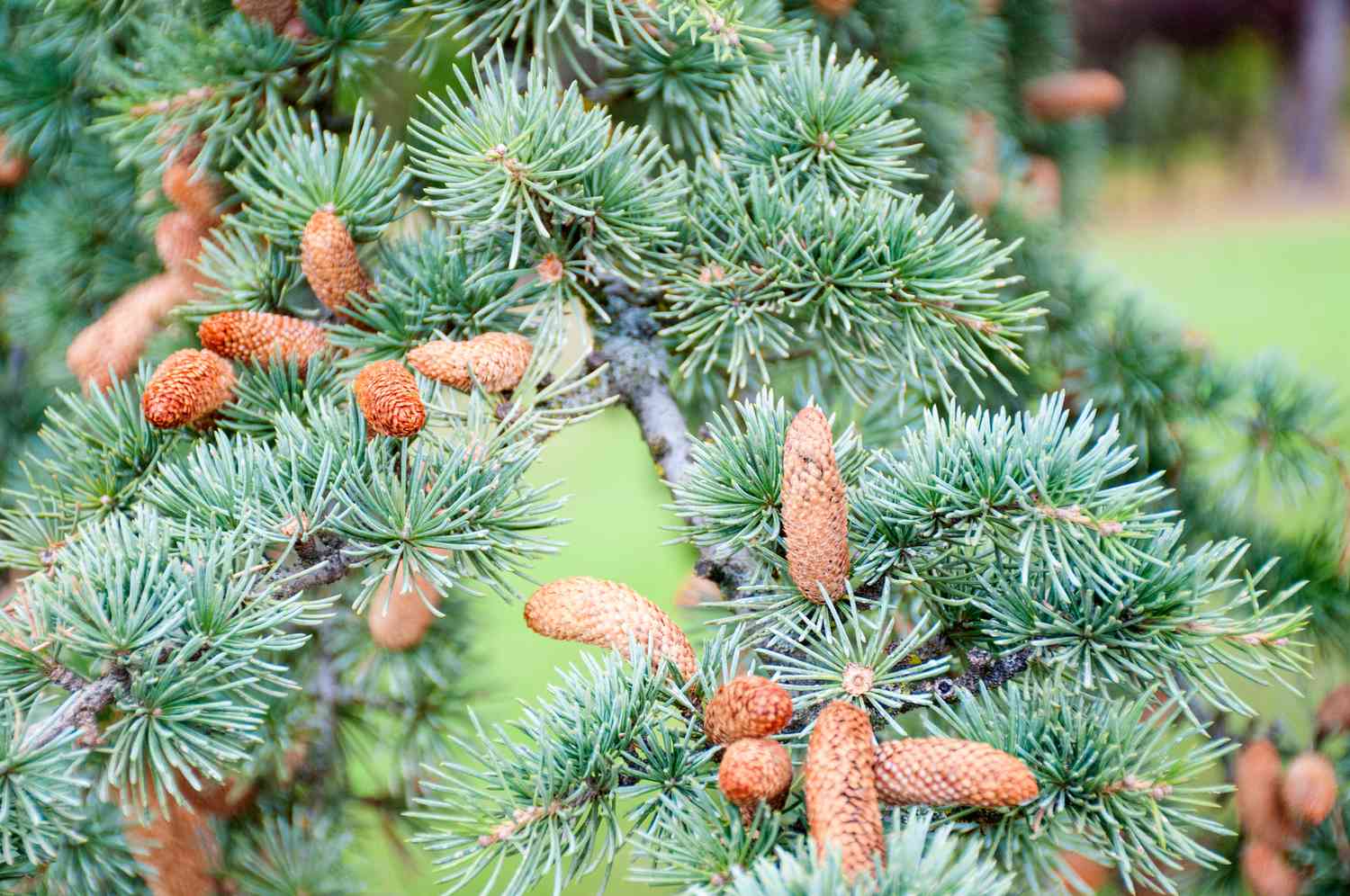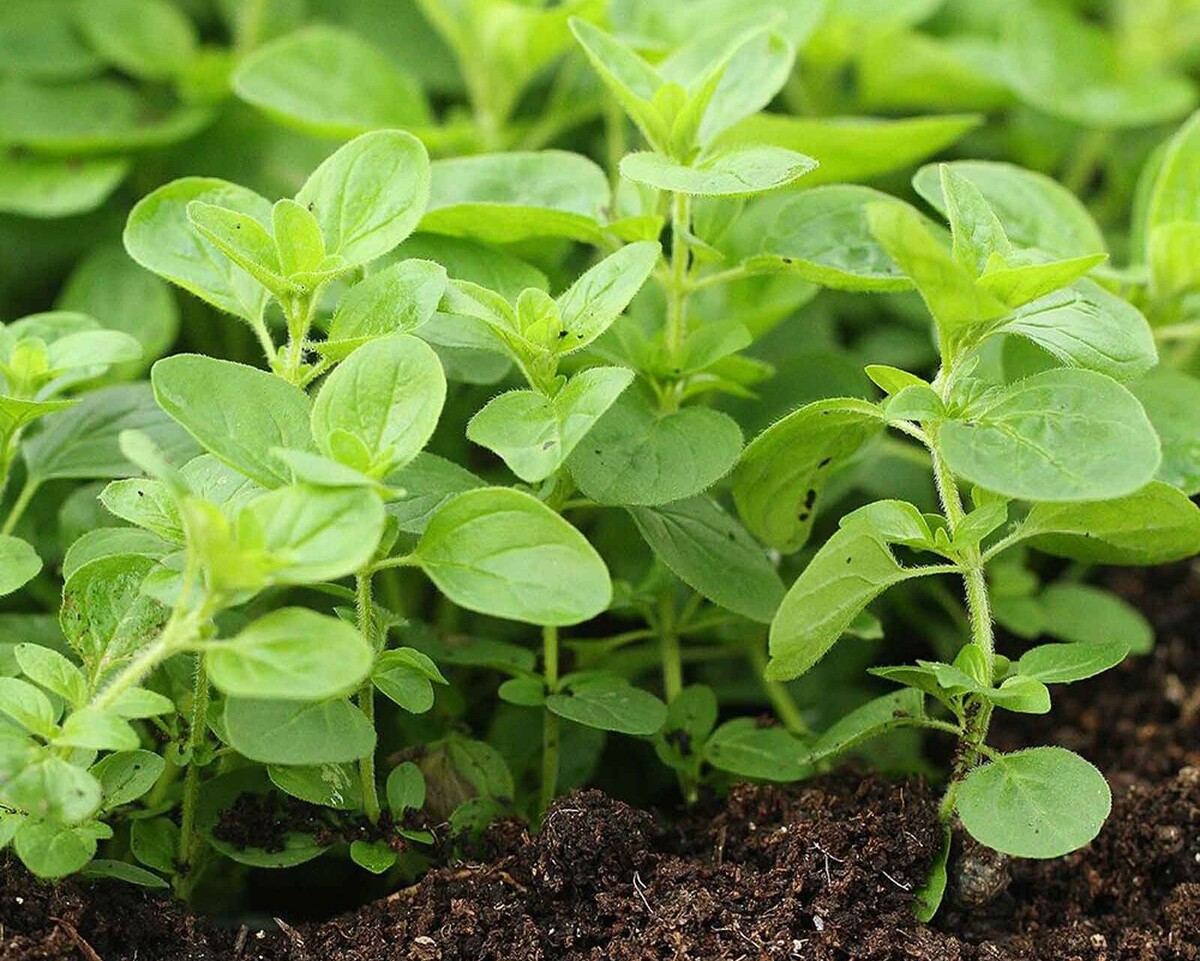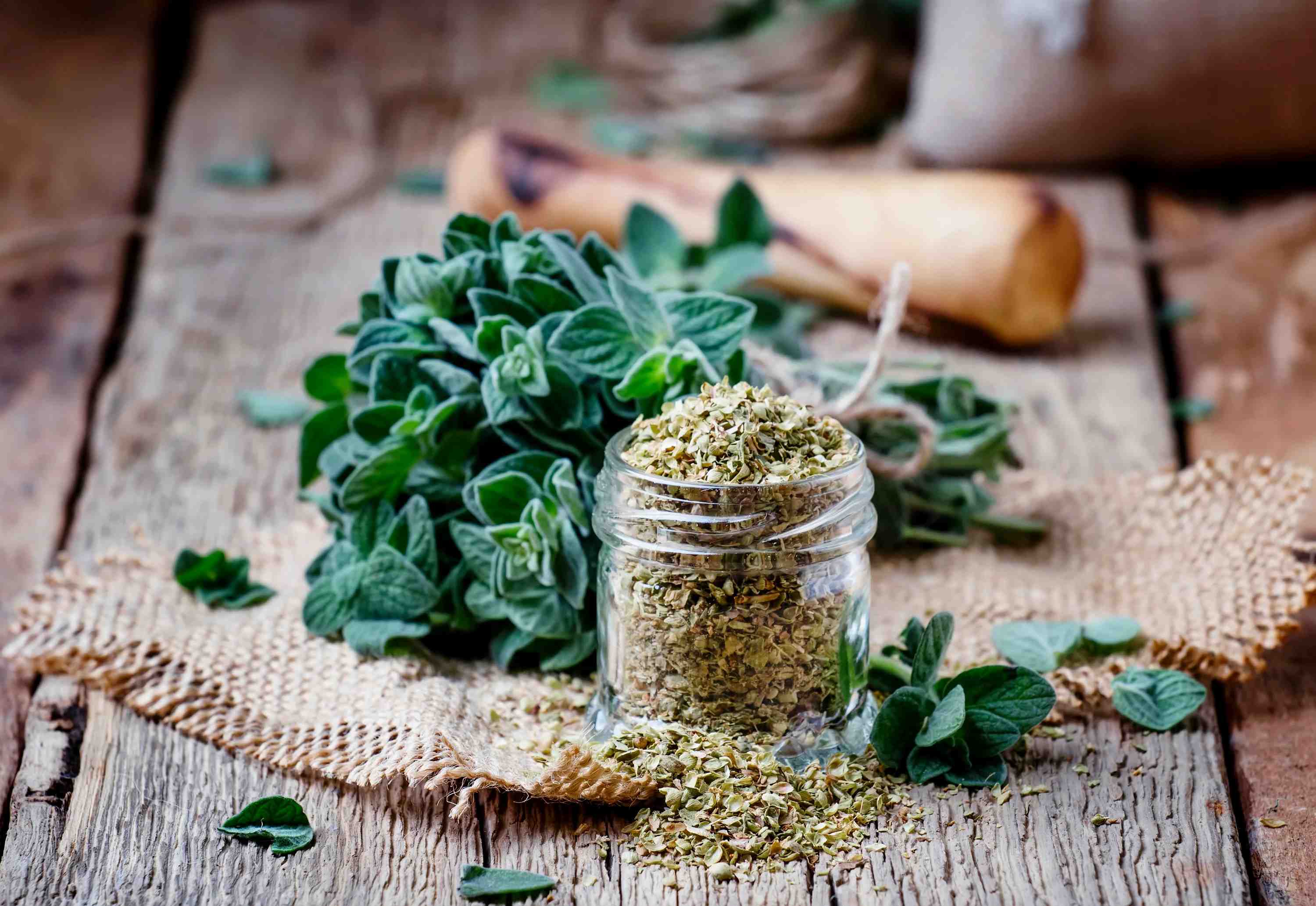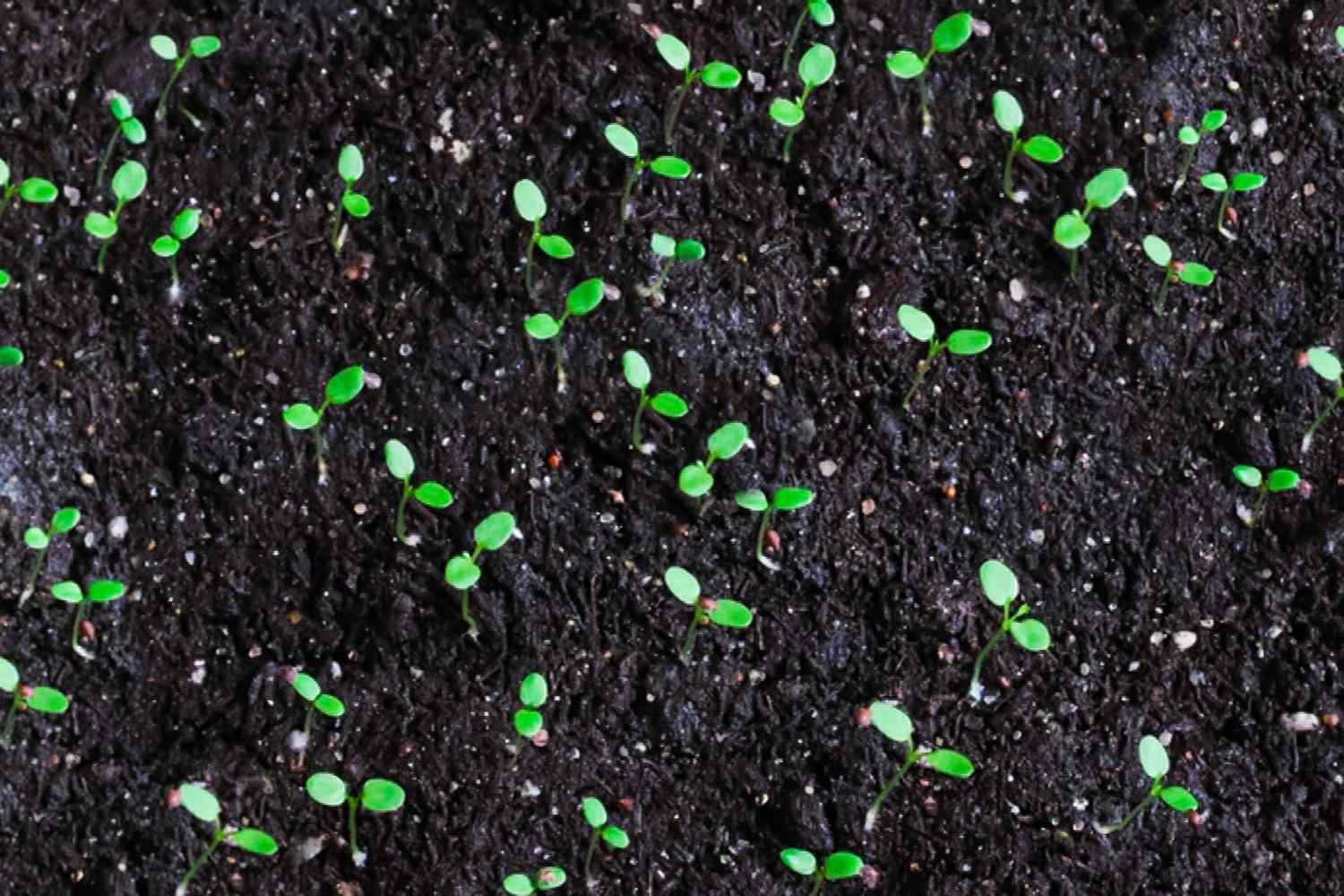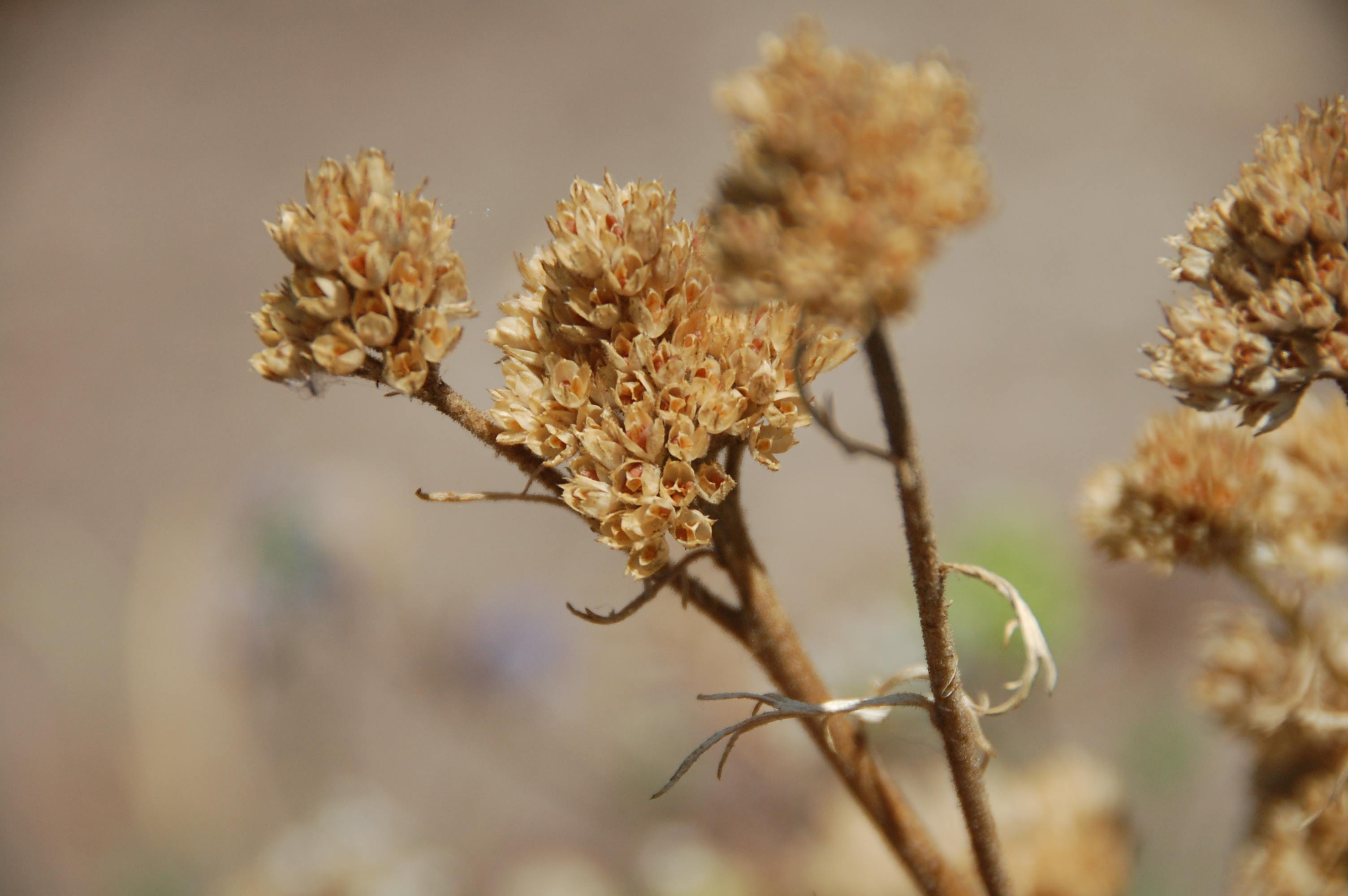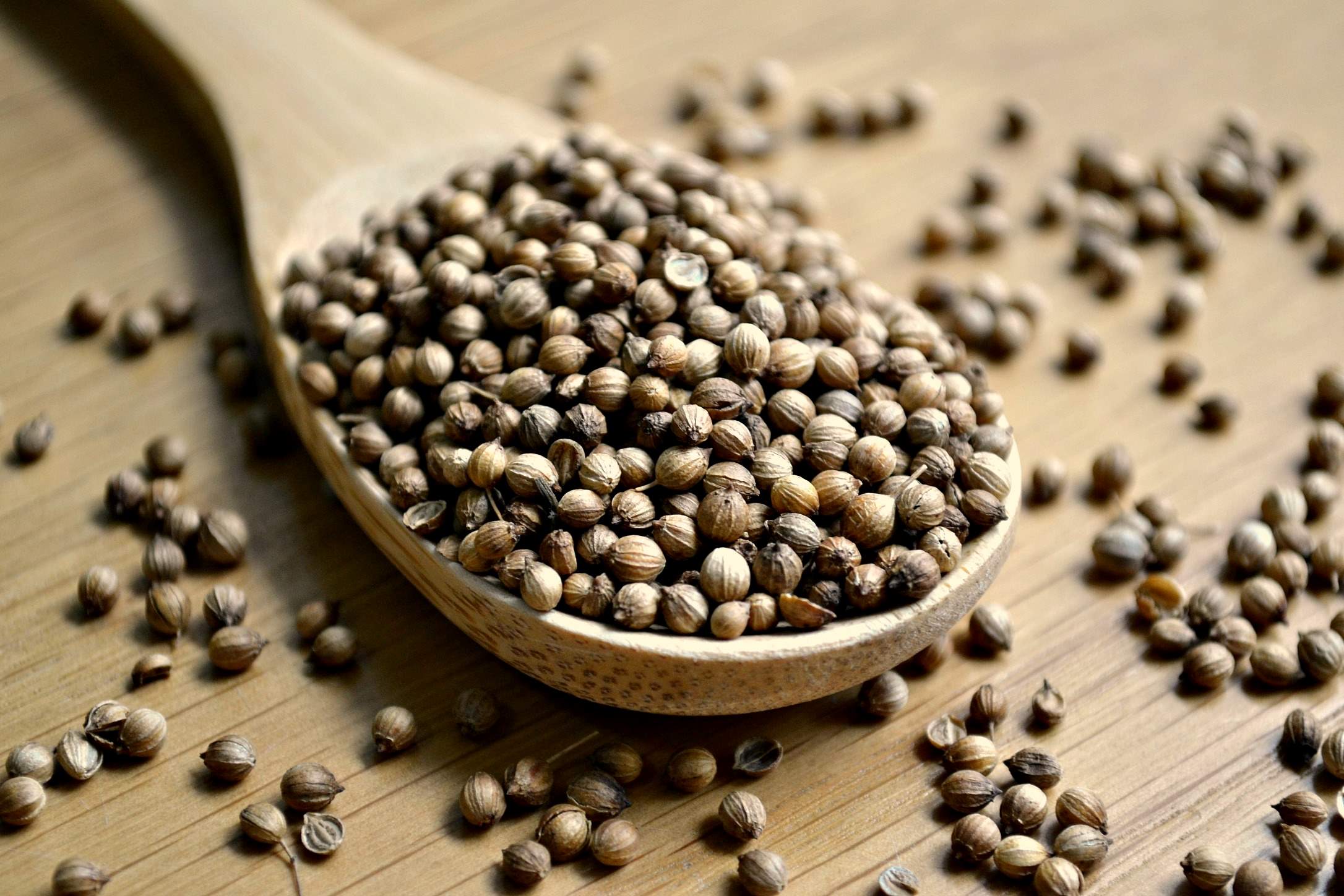Home>Types of Gardening>Edible Gardening>What Does Herbs Look Like


Edible Gardening
What Does Herbs Look Like
Modified: January 22, 2024
Discover what edible gardening looks like with a variety of herbs that can be grown in your own backyard. Learn how to cultivate and use these flavorful plants to enhance your culinary creations.
(Many of the links in this article redirect to a specific reviewed product. Your purchase of these products through affiliate links helps to generate commission for Chicagolandgardening.com, at no extra cost. Learn more)
Table of Contents
Introduction
Welcome to the enchanting world of herbs! Whether you are a seasoned green thumb or just starting out with your edible gardening journey, herbs are a delightful addition to any garden. Not only are they easy to grow, but they also offer a myriad of flavors, aromas, and medicinal properties that can elevate your culinary creations and enhance your overall wellbeing.
Herbs have been cultivated for centuries, cherished for their aromatic foliage, vibrant colors, and diverse uses. From common herbs like basil and mint to exotic varieties such as lemongrass and Thai basil, there is a vast array of options to choose from, each with its own unique attributes.
While many herbs are renowned for their culinary applications, others possess incredible medicinal properties that have been valued throughout history. From soothing upset stomachs to boosting immune systems, these herbs offer a natural and holistic approach to health and wellbeing.
In addition to their practical uses, herbs can also enhance the aesthetic appeal of your garden. With their lush foliage and delicate flowers, they can create a serene and inviting atmosphere, transforming your outdoor space into an oasis of tranquility.
Identifying herbs can be an enjoyable and rewarding process. Each herb possesses distinctive characteristics that make them easily recognizable. By familiarizing yourself with their appearances, scents, and growth habits, you will be able to confidently identify and care for these wonderful plants.
In this comprehensive guide, we will explore common herbs, those with medicinal properties, as well as culinary and exotic herbs. We will also delve into the herbs grown for their aesthetic appeal. By the end, you will have a deeper understanding of various herbs and their unique traits, empowering you to embark on your own herb-growing adventure. So, let’s dive in and explore the fascinating world of herbs!
Common Herbs
When it comes to edible gardening, common herbs are a great place to start. These herbs are widely grown and utilized in cooking around the world. Here are some of the most popular and versatile commonly grown herbs:
- Basil: This aromatic herb, with its distinctive sweet and peppery flavor, is a staple in Mediterranean and Asian cuisines. It pairs perfectly with tomatoes, making it a key ingredient in dishes like Caprese salad and pesto.
- Parsley: Known for its fresh and vibrant taste, parsley is often used as a garnish, but it can also be incorporated into salads, soups, and sauces. It adds a pop of color and a subtle tang to any dish.
- Mint: With its refreshing and cooling flavor, mint is popular in both culinary and beverage applications. It is commonly used in salads, desserts, teas, and cocktails.
- Thyme: This aromatic herb is widely used in French and Mediterranean cuisine. Its earthy and slightly floral flavor complements a wide range of dishes, particularly those with poultry and vegetables.
- Oregano: A key ingredient in Italian and Greek cuisine, oregano offers a warm and robust flavor. It is a must-have herb for pizza, pasta sauces, and Greek salads.
- Rosemary: Known for its distinct fragrance and pine-like flavor, rosemary is often used to season roasted meats, potatoes, and bread. Its woody stems and needle-like leaves also make it a visually appealing addition to your garden.
- Cilantro: Cilantro, also known as coriander, is widely used in Mexican, Indian, and Asian cuisines. It has a bright and citrusy flavor that adds a burst of freshness to salsas, curries, and stir-fries.
These common herbs can be easily grown in containers, raised beds, or directly in the ground, making them suitable for gardens of all sizes. They also make great companions for other vegetables and herbs, providing added flavor and deterring pests.
Whether you grow them for their culinary contributions or their ornamental value, these common herbs are a wonderful addition to any edible garden. Their versatility and ease of cultivation make them a perfect choice for both novice and experienced gardeners alike.
Herbs with Medicinal Properties
Beyond their savory flavors and aromatic qualities, many herbs also possess remarkable medicinal properties. These natural remedies have been used for centuries to promote healing and improve overall health. Here are some herbs renowned for their medicinal benefits:
- Lavender: Known for its calming and soothing properties, lavender is often used in aromatherapy to reduce stress and anxiety. It can also be used topically to alleviate minor skin irritations and promote relaxation.
- Chamomile: Chamomile is well-known for its calming effects and ability to promote sleep. It is often consumed as a tea to relieve stress and aid digestion. Additionally, chamomile can be used topically to soothe skin inflammation and irritation.
- Echinacea: Echinacea is widely used as an immune-boosting herb. It is believed to enhance the body’s natural defenses and help fight off infections, making it a popular choice during cold and flu seasons.
- Peppermint: Peppermint has long been used to soothe digestive issues such as indigestion and nausea. It is commonly consumed as a tea or used topically as an essential oil for headaches and muscle pain relief.
- Ginger: Ginger is celebrated for its anti-inflammatory properties and its ability to alleviate nausea and aid digestion. It can be consumed as a tea, added to dishes, or used topically as an essential oil.
- Turmeric: With its vibrant golden hue, turmeric contains powerful antioxidants and anti-inflammatory compounds. It has been used in traditional medicine to support joint health, improve digestion, and promote overall wellbeing.
- Calendula: Calendula is prized for its soothing properties and is commonly used in skincare products to alleviate skin irritations, rashes, and sunburns.
While herbs can offer beneficial effects, it is important to remember that they are not a substitute for professional medical advice. If you have specific health concerns or are taking medications, it is always best to consult with a healthcare professional before incorporating herbs into your wellness routine.
By growing and utilizing these medicinal herbs, you can harness the natural healing power of plants and enhance your overall wellbeing in a holistic and gentle manner.
Culinary Herbs
Culinary herbs are a delightful addition to any kitchen, bringing a burst of flavor and aroma to your dishes. These herbs are commonly used in cooking to enhance the taste and elevate the overall culinary experience. Here are some popular culinary herbs you should consider growing in your garden:
- Rosemary: With its robust and pine-like flavor, rosemary is a staple herb in Mediterranean cuisine. It pairs exceptionally well with roasted meats, potatoes, and bread.
- Sage: Sage has a slightly peppery and earthy flavor, making it a fantastic addition to dishes like pasta, poultry, and stuffing.
- Thyme: The subtle, earthy flavor of thyme is perfect for enhancing the taste of soups, stews, and roasted vegetables.
- Oregano: Oregano is a key ingredient in Italian and Greek dishes. Its warm and robust flavor complements pizza, pasta sauces, and Greek salads.
- Basil: Fresh basil adds a sweet and slightly peppery flavor to salads, pasta, sauces, and pesto. It is an essential herb in Mediterranean and Asian cuisines.
- Parsley: Parsley is a versatile herb used in a wide range of dishes, from salads and soups to sauces and marinades. It adds a fresh and vibrant taste.
- Dill: Known for its distinctive flavor, dill is commonly used in pickles, seafood dishes, salads, and dips.
These culinary herbs can be used either fresh or dried, and their flavors can be intensified by crushing or chopping them. By growing these herbs in your own garden, you can have a fresh supply on hand whenever you need them, ensuring that your meals are bursting with flavor.
When harvesting your culinary herbs, it is best to pick the leaves just before they flower, as this is when they contain the most flavor. Additionally, pruning your herbs regularly will encourage bushier growth and ensure that you have a continuous supply throughout the growing season.
Experiment with different combinations of herbs to create your own unique flavor profiles. Whether you are a seasoned chef or just starting out in the kitchen, culinary herbs will add depth and complexity to your dishes, transforming ordinary meals into culinary masterpieces.
Exotic Herbs
For those looking to explore new and exciting flavors, exotic herbs offer a world of culinary possibilities. These herbs, originating from various regions around the globe, introduce unique and exotic tastes to your dishes. Here are some exotic herbs that are sure to tantalize your taste buds:
- Lemongrass: Originating from Southeast Asia, lemongrass has a citrusy and aromatic flavor that is commonly used in Thai, Vietnamese, and Indonesian cuisines. It adds a refreshing twist to soups, curries, and stir-fries.
- Kaffir Lime Leaves: These aromatic leaves are widely used in Thai and Southeast Asian cooking. They have a distinct citrusy and floral flavor, perfect for infusing curries, soups, and seafood dishes.
- Thai Basil: With its anise-like flavor and sweet undertones, Thai basil is a staple in Thai cuisine. It pairs beautifully with spicy stir-fries, curries, and noodle dishes.
- Galangal: Galangal is a root similar to ginger but with a more pungent and peppery flavor. It is commonly used in Thai and Indonesian dishes, adding depth and heat to soups, curries, and marinades.
- Epazote: A culinary herb popular in Mexican cuisine, epazote has a strong and pungent flavor. It is often used in beans, soups, and stews to add a unique and earthy taste.
- Shiso: Shiso, also known as perilla, is a herb commonly used in Japanese, Korean, and Southeast Asian cuisines. It has a complex flavor profile with hints of mint, basil, and citrus, making it a delightful addition to salads, sushi, and stir-fries.
- Pandan: Pandan leaves are widely used in Southeast Asian cooking for their fragrant and sweet aroma. They are often used to infuse rice dishes, desserts, and beverages.
Integrating exotic herbs into your culinary repertoire can be a wonderful way to add a touch of global inspiration to your meals. These herbs can be grown in containers or in dedicated herb gardens, as they often require specific growing conditions to thrive.
Exploring the world of exotic herbs allows you to experiment with new flavors and expand your culinary horizons. Whether you are a fan of Asian, Mexican, or other regional cuisines, incorporating these herbs will bring a vibrant and exotic flair to your dishes.
Herbs for Aesthetics
In addition to their culinary and medicinal uses, herbs can also be cultivated for their aesthetic appeal. These herbs not only provide visual interest but also contribute to the overall beauty and harmony of your garden. Here are some herbs that are commonly grown for their ornamental value:
- Lavender: Lavender’s beautiful purple flowers and fragrant aroma make it a popular choice for ornamental gardens. It adds a sense of tranquility and attracts pollinators like bees and butterflies.
- Rosemary: With its evergreen foliage and delicate blue flowers, rosemary adds a touch of elegance to any garden. Its aroma also acts as a natural deterrent to pests.
- Purple Basil: Purple basil not only adds a splash of vibrant color to your garden but also offers a mild basil flavor for culinary use. Its dark purple leaves make it a stunning addition to herb beds and container gardens.
- Salvia: Salvia, commonly known as sage, features striking spikes of flowers in various shades of blue, purple, or pink. These vibrant blooms attract hummingbirds and add height and texture to garden borders.
- Borage: Borage is known for its delicate blue star-shaped flowers that are not only visually appealing but also edible. They can be used to garnish salads or frozen into ice cubes for a touch of floral beauty in beverages.
- Chives: Chives produce lovely puffball-like purple flowers that not only look charming in the garden, but are also edible and make a delightful addition to salads and soups.
- Mint: Mint, with its vibrant green color and vigorous growth, can serve as a lush ground cover or be contained in containers. Its refreshing scent and lovely foliage make it a standout herb in any garden.
These herbs not only add visual appeal but can also enhance the overall ambiance of your garden. Whether planted in herb beds, containers, or as part of mixed flower beds, these ornamental herbs are sure to captivate your senses and create a welcoming atmosphere for both humans and beneficial insects.
When choosing herbs for their aesthetic value, consider their growth habits, size, and compatibility with other plants in your garden. Integrate them strategically to create visually pleasing combinations, taking into account factors such as color, texture, and height.
Growing herbs for their ornamental qualities allows you to create a garden that is not only beautiful but also functional. So, let your creativity flourish and add these stunning herbs to your garden to create a visually appealing and enchanting outdoor oasis.
How to Identify Herbs
Identifying herbs can be an enjoyable and rewarding experience, allowing you to familiarize yourself with their unique characteristics and ensure proper care and usage. Here are some tips to help you identify herbs in your garden:
- Leaf Shape and Texture: Pay attention to the shape and texture of the leaves. Different herbs have distinct leaf shapes, such as basil’s broad and smooth leaves or thyme’s tiny and needle-like foliage.
- Aroma: Many herbs are known for their distinct aromas. Crush a leaf or rub it between your fingers to release the fragrance. For example, mint has a refreshing and minty scent, while rosemary offers a strong and pine-like aroma.
- Flower Appearance: Observe the flowers if the herb has started flowering. Flowers can add visual cues for identifying herbs. For example, chamomile has small daisy-like flowers, and lavender has tall spikes of fragrant purple blooms.
- Growth Habit: Consider the growth habit of the herb. Some herbs, like cilantro, tend to have upright growth with multiple stems, while others, like oregano, have a spreading habit and cascade over the edges of containers or garden beds.
- Plant Height: Pay attention to the height of the plant. This can provide clues about the herb’s identity. For instance, dill can grow tall and airy, while chives remain relatively short and compact.
- Seed or Fruit Characteristics: Examine the seeds or fruits of the herb, if applicable. For example, coriander (cilantro) produces small, round seeds that have a distinct citrusy aroma when crushed.
- Cultural and Regional Significance: Consider the cultural and regional significance of the herb. Some herbs are known for their traditional uses in specific cuisines or medicinal practices. For example, lemongrass is commonly used in Southeast Asian cooking.
To further aid in the identification process, you can refer to reliable herb identification resources, such as books, websites, or gardening apps. These resources often provide detailed descriptions, images, and additional information about each herb, making it easier to identify and learn about them.
By combining these various identification methods and resources, you can confidently differentiate between different herbs, allowing you to fully appreciate their unique attributes and provide them with the care and attention they need to thrive in your garden.
Conclusion
Edible gardening with herbs opens up a world of possibilities. From common herbs that are versatile in the kitchen, to those with medicinal properties that promote holistic wellness, to exotic and ornamental herbs that add flair and beauty to your garden, there is an herb for every taste and preference.
As you delve into the world of herbs, take the time to familiarize yourself with their unique characteristics. Observe their leaf shape, texture, and aroma. Take note of their flowers, growth habits, and height. Use these cues along with reliable resources to confidently identify and cultivate your herbs.
Whether you are using herbs for enhancing the flavors of your culinary masterpieces, exploring their medicinal benefits, or adding a touch of beauty to your garden, the journey of growing and utilizing herbs is an ongoing adventure. As you experiment with different varieties and combinations, you will discover the joy and satisfaction of harvesting and incorporating your homegrown herbs into your daily life.
So, embrace the enchantment of edible gardening and let herbs become an integral part of your garden and kitchen. Witness the magic of their growth, savor the flavors they impart, and appreciate the health benefits they offer. May your herb garden flourish, creating a connection between nature and nourishment for years to come.

